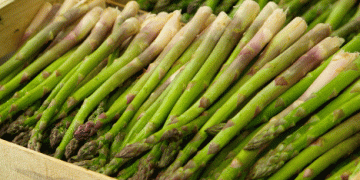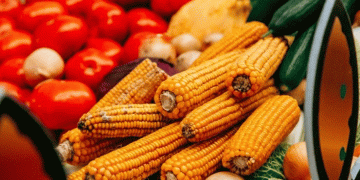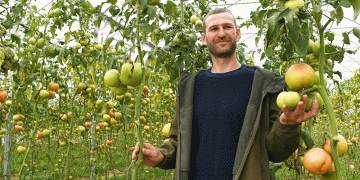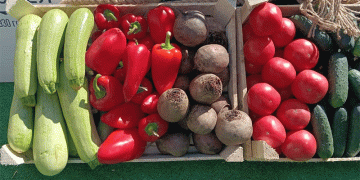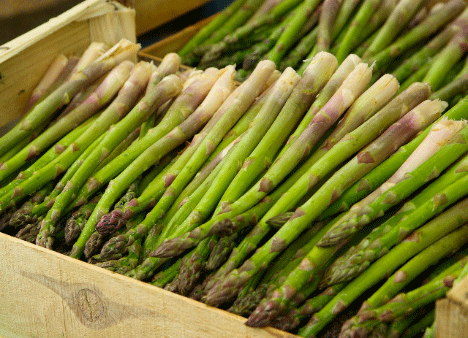Peru continues to solidify its position as a leading exporter of fresh asparagus, a crop that has long been a staple of the country’s agricultural export portfolio. Between January and August 2024, Peru exported 50.6 million kilograms of asparagus, generating a total revenue of $212.56 million. This represents a slight decrease in export volume from the same period in 2023, when 55.3 million kilograms were shipped. Despite the lower volume, the value of exports increased from $211.0 million in 2023 to $212.56 million in 2024, according to data from Agrodata Perú, as reported by Fructidor.com.
Key Import Markets for Peruvian Asparagus
The United States remains the largest importer of Peruvian asparagus, accounting for $137.22 million in purchases during the first eight months of 2024. This strong demand is driven by U.S. consumers’ preference for fresh, high-quality asparagus, which is available year-round thanks to Peru’s production capacity.
Other significant markets include:
- Spain: Imported $25.55 million worth of Peruvian asparagus, maintaining its position as a key European destination for the product.
- United Kingdom: Accounted for $17.98 million in asparagus imports, reflecting a growing demand for healthy, fresh produce in the UK market.
- Netherlands: Purchased $13.87 million worth of asparagus, positioning itself as another important European importer.
- Belgium: Imported $3.31 million in asparagus, rounding out the top five markets for Peruvian exports.
Factors Behind the Growth in Export Value
The increase in export value despite a reduction in volume can be attributed to several factors. A rise in global demand for high-quality fresh produce, along with the increasing cost of transportation and packaging, may have contributed to the higher export prices. Additionally, Peru’s focus on meeting strict international quality standards has helped secure its reputation in premium markets, allowing it to maintain and even increase the value of its asparagus exports.
Peru’s ability to supply asparagus year-round due to its unique climatic conditions gives it a competitive edge in global markets. This constant availability, coupled with efficient logistical networks, allows Peruvian asparagus to meet the steady demand in key regions, particularly the U.S. and Europe.
Challenges and Opportunities for Peruvian Asparagus
While the export value of Peruvian asparagus is increasing, the slight decline in volume highlights potential challenges, such as labor shortages, rising input costs, and water resource management. Asparagus is a water-intensive crop, and climate change-related impacts on water availability could pose risks to the long-term sustainability of Peru’s asparagus industry.
Nevertheless, opportunities for growth remain strong. Expanding into emerging markets, improving sustainability practices, and leveraging advancements in agricultural technology could help Peru maintain its leading role in the global asparagus market.
Peru’s asparagus exports in 2024 showcase the country’s ability to adapt to global market demands while maintaining a strong position in key markets like the U.S. and Europe. Despite a slight decline in export volume, the overall value of exports has grown, underscoring the importance of high-quality production and efficient export strategies. Moving forward, Peru’s asparagus sector will need to address challenges related to sustainability and resource management to continue thriving in a competitive global market.
